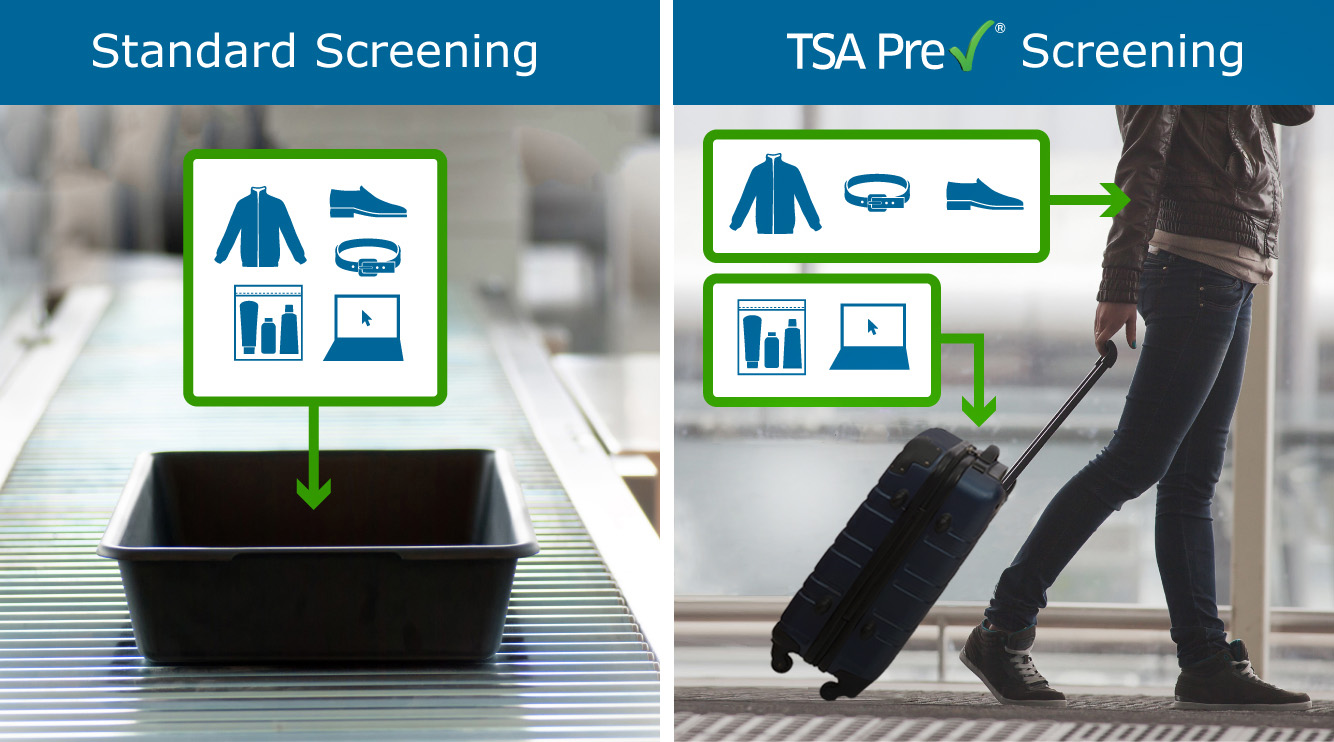The TSA sets US policy, but this usually is adopted globally. The beefed-up electronics screening follows remarks made by Department of Homeland Security Secretary John Kelly that cover 280 airports in 100 countries.
The new procedure requires travellers to remove electronics larger than a mobile phone from their carry-on bags and place them in a tray with nothing on top or below to obtain a clearer X-ray image.
“Whether you’re flying to, from, or within the United States, TSA is committed to raising the baseline for aviation security by strengthening the overall security of our commercial aviation network to keep flying as a safe option for everyone,” said TSA acting cdministrator Huban Gowadia.
|
|
In standard screening lanes, TSA officers will be stationed in front of the checkpoint X-ray machines to guide passengers through the screening process and recommend how best to arrange their carry-on items for X-ray screening.
Travellers have been encouraged to organise their carry-on bags and keep them uncluttered to ease the screening process and keep the lines moving. There are no changes to what travellers can bring through the checkpoint; food and liquid items that comply with the 3-1-1 liquids rule (items less than 100 ml), electronics, and books continue to be allowed in carry-on bags.
The stronger security measures do not apply to passengers enrolled in TSA Pre✓ who are using TSA Pre✓ lanes. This programme allows TSA to focus resources on passengers who may pose a high risk to security while providing expedited screening to those travellers who have been identified as low-risk, trusted travellers.









































